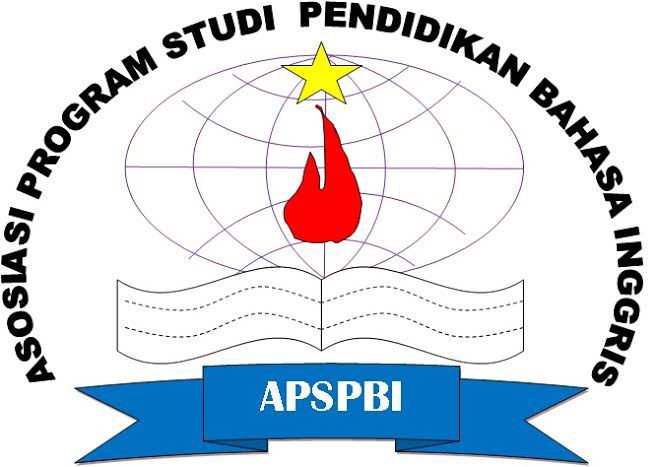The impact of borrowing English words into Iraqi Arabic Dialect
Keywords:
Borrowing; Lexical borrowing; Dialect; Iraqi Dialect; LanguageAbstract
- This paper deals with usage of English borrowing words in Iraqi Arabic dialect as one of the linguistic phenomena that we are currently experiencing due to globalization and the use of English language as a global Language. This study focused on limited borrowing words that are used while conversation used by indirect interview. The study aims to clarify the relationship between the use of words in English and Arabic Language and how there is an impact between these two Languages. The study also aims to use most common words in Iraqi accent Arabic borrowed from English Language. The study further concluded that borrowing allows the recipient language to expend its vocabulary. However, the borrowing from any donor language have to undergo certain processes to make them fit appropriately into the recipient language. This study also deals with the borrowing English words that has penetrated the Iraqi Arabic Language during the past few decades. The process of borrowing from English language took place indirectly due to trade, education, etc., and this brings new words to Arabic Language. The study is based on an analysis through conversation in English activity. The researcher found that there are words taken from English language, but not exactly like English in pronunciation or spelling because of alphabet between two languages and also the influence of mother tongue on language, and this led to a change in pronunciation.
Downloads
References
NA Shalaby - The Routledge handbook of Arabic and identity, 2020 - taylorfrancis.com. Language attitudes in the Arab world.
LF Jdetawy, MH Hamzah - Language in India, 2020 - languageinindia.com. Loanwords in the Taxonomy of Borrowing: A Sociolinguistic Analysis.
Fasold, R. (1984) The Sociolinguistics of Society, Volume I. New York: Basil Blackwell Ltd.
Ferguson, C. (1959). Diglossia. Word, 15, 325-40.
Graddol, D. (2004). The Future of Language. Science, 303(5662), 1329.
Heath, J. (1989). From code-switching to borrowing: foreign and diglossia mixing in Moroccan Arabic. London: Kegan Paul International.
Hu, P. (2004). Adapting English into Chinese. English Today, 78, (2), 34-39.
Khalil, G. (1984). Lexical Borrowing from French and English by Egyptian Colloquial Arabic. Unpublished thesis. Cairo: American University Press.
Michael D.C. Drout. A History of the English Language. Recorded books, llc (2006) 103.
Fromkin, V., Rodman, R. & Hyams, N. (2003). An Introduction to Language. Seventh edition. Boston: Thomson, Heinle.
Ngom, F. (2002). Linguistic borrowing as evidence of the social history of the Senegalese speech community. International Journal of Sociology of Language,158, 37-51.
Onysko, A. (2004). Anglicisms in German: from iniquitous to ubiquitous? English Today, 77(1), 59-64.
Hock, H., H. (1986). “Principles of Historical Linguistics”. Berlin: Mouton de Gruyter.
Trask, L., R. (1996). “Historical Linguistics”. Oxford University Press.
Sarah Thomson G., Language Contact. Edinburgh University Press, University of Michigan, (2001) 32.
David Crystal. A Dictionary of Linguistics and Phonetics. Blackwell Publishing, (2008) 102.
Bransford, J.; Brown, A., & Cocking, R. (2000). “How People Learn: Brain, Mind, and Experience & School”. Washington, DC: National Academy Press.
Chang, C. B.; Mishler, A. (2012). “Evidence for language transfer leading to a perceptual advantage for non-native listeners”. Journal of the Acoustical Society of America. 132 (4): 2700–2710. DOI:10.1121/1.4747615. PMID 23039462.
Thomason, S. & Kaufman, T. (1988). “Language Contact, Creolization and Genetic Linguistics”. University of California Press.
Cannon, G. (1999). “Problems in studying loans”. Proceedings of the annual meeting of the Berkeley Linguistics Society 25, 326–336.
Poplack, S., Sankoff, D. & Miller, C. (1988). The Social Correlates and Linguistic Processes of Lexical Borrowing and Assimilation. Linguistics, 26: 47-104.
Hatem Saleh Daman, (2006) Linguistics, Baghdad University (P.54).
Published
How to Cite
Issue
Section
Copyright (c) 2024 Ali Abdalkarem M.Sadeq Al Yashil, V.M. Subramanian

This work is licensed under a Creative Commons Attribution-ShareAlike 4.0 International License.
This is an open-access article distributed under the terms of the Creative Commons Attribution-ShareAlike 4.0 International License which permits unrestricted use, distribution, and reproduction in any medium. Users are allowed to read, download, copy, distribute, search, or link to full-text articles in this journal without asking by giving appropriate credit, providing a link to the license, and indicating if changes were made. All of the remixes, transform, or build upon the material must distribute the contributions under the same license as the original.










